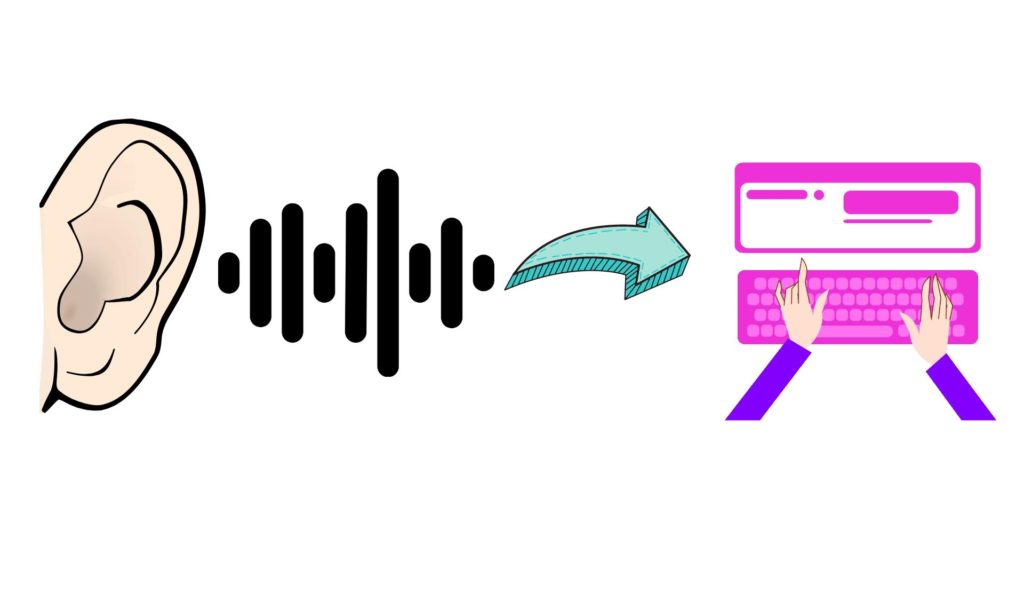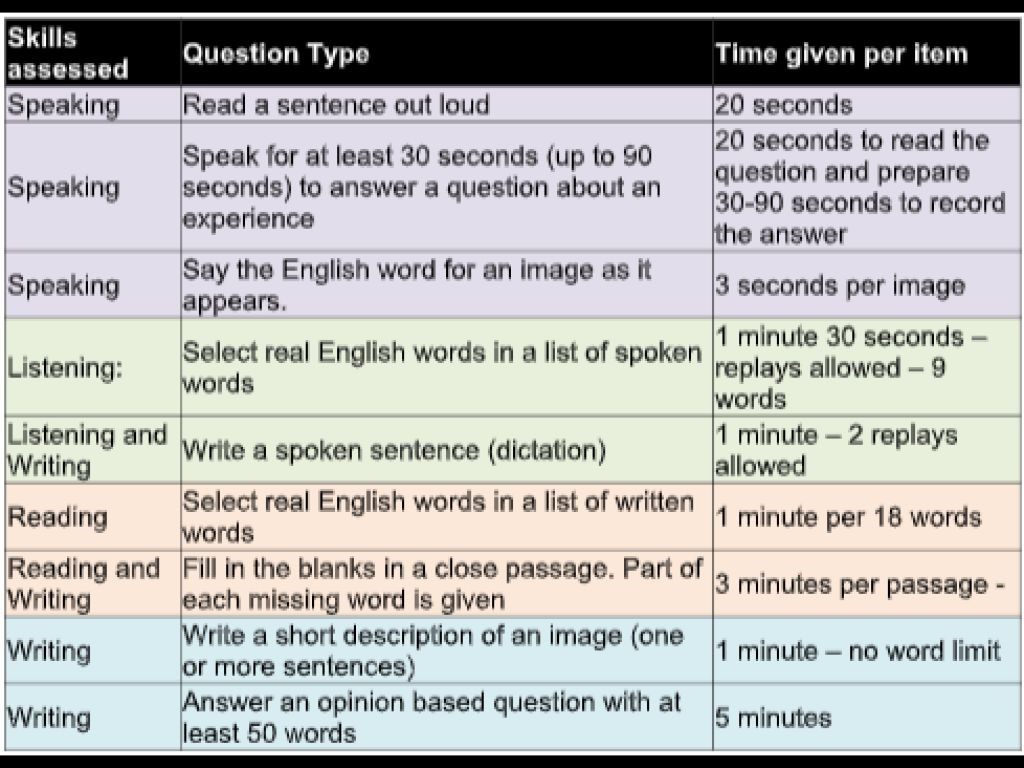What is a Duolingo Test?

The COVID-19 health crisis has impacted international students around the world.
All IELTS tests were suspended, as were TOEFL iBT*** tests for several weeks, leaving students looking for alternatives to meet their college and university admission requirements.
One of the alternatives that many students are considering is the Duolingo English Test – a 60-minute, completely online English proficiency test which can be taken anywhere, at any time, in the comfort of a person’s home for only US$49 (approximately Cdn$70).
Canadian colleges such as Humber and Seneca in Toronto are currently accepting this test as an alternative to the traditional IELTS or TOEFL iBT.
What’s interesting about the Duolingo English test, at least for me, is that it’s designed in such a way that makes it very difficult to prepare for.
Perhaps it is best to say that the type of preparation to help students get a better score, is somewhat unconventional.
Here’s an example: there are several questions on the test which ask test-takers to distinguish between “real” English words and “fake” ones.
Students are presented with a list of words and they are asked to click on the ones that they think are real.
Students may also be presented with various audio segments and they are asked to click on the audio icon to listen to a word in order to determine its real or fake status.
So far, so good.
The problem is that there are literally thousands of rarely-used English words, which seem fake but aren’t.
There are also thousands of words that are created and used in everyday conversation that haven’t yet made an appearance in the English language dictionary.
Does the algorithm used by Duolingo classify these words as fake? It’s hard to tell.
The real-fake classification question type also raises a few other issues for me. For example, is there a guidebook to help English-language learners recognize the difference between a real English word and a fake one? If so, I have yet to find it.
Perhaps studying the Greek and Latin roots of English words might be a good place to start to help English-language learners make correct and instantaneous decisions about the authenticity of a word. More than 60% of English-language words contain Greek or Latin roots.
But, is it practical to spend hours and hours learning English-language words that are not used very often? Even if one becomes skilled in this type of recognition, I am not entirely convinced that recognition in itself is an accurate measure of English language proficiency. In fact, there’s a very interesting article published in 2012 in Discover Magazine on this topic.
To demonstrate what I mean, I’ve created a simulation of the question entitled: Selecting Real English words from a list. Learners are given 1 minute and asked to analyse 18 words within that 60-second time frame.
Feel free to try it out.
Were you able to spot the real words from the fake ones? Were you tempted to reach for your smartphone or online dictionary?
I’d like to think that I’ve developed a satisfactory ability to recognize fake words after 25 years of reading, studying and interacting with the English language, but I was puzzled by more than one of these words while I was creating the question – if that’s even possible!
Another area of concern for me is the contrast between the various sections of the Duolingo English Test. If the sample tests are a real indication of the true nature of this online proficiency test, I think it is safe to say that it focuses primarily on conversational, college-level English.
The challenge is that the vocabulary which test-takers are asked to make a decision about is not at college level.
Having said this, if students are interested in taking the Duolingo English Test, please review the information in the chart below which lists the types of questions they can expect so that they can better prepare. I strongly recommend taking two tests – the Duolingo English Test plus the TOEFLiBT or the IELTS, when they become available in September 2020.

The following two parts are unassessed but are provided to the institutes along with the result, free of charge.
(1) Writing: Choose between two topics and write for 3-5 minutes
(2) Speaking: Videoconference Interview – Choose a topic and talk about it for 1-3 minutes, answering the questions asked.
***The TOEFL iBT Special Home Edition has become available recently. ETS is temporarily offering the TOEFL iBT Special Home Edition test. The test is identical in content, format and on-screen experience to the TOEFL iBT test taken at a test centre. It is taken on your own computer at home and is monitored by a human proctor online through ProctorU®. At home, administrations are currently available around the clock every Tuesday, Wednesday, Thursday and Friday through June 30, 2020. Appointments may be available as early as 24 hours after you register.